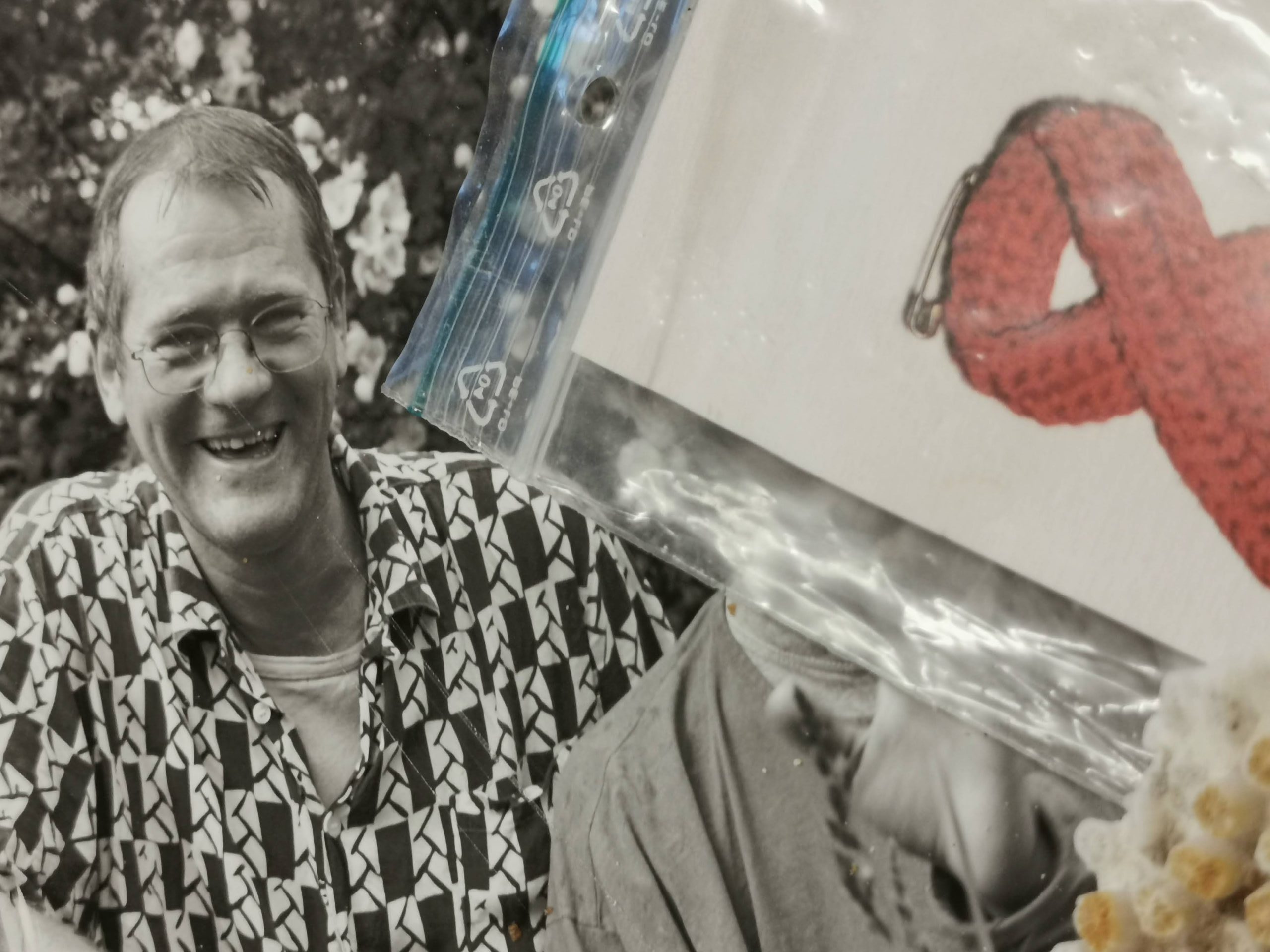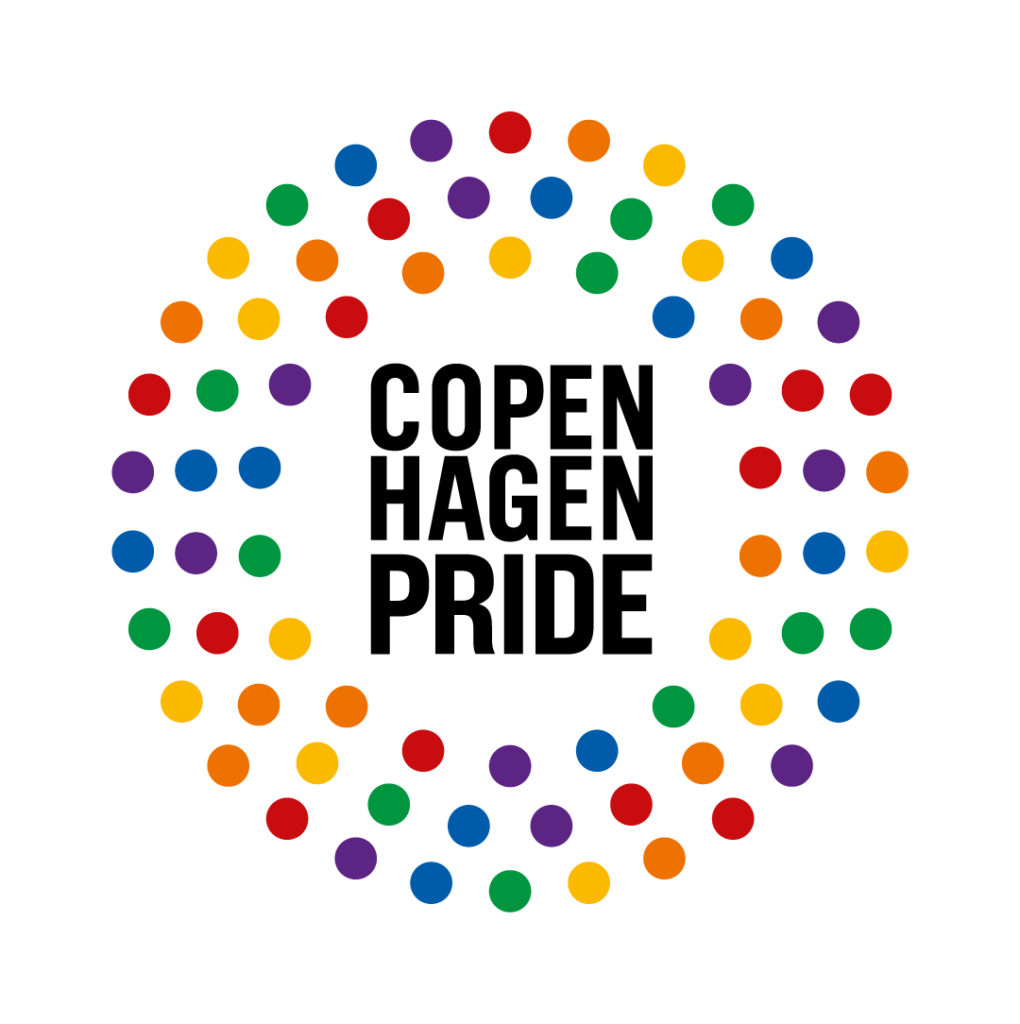
40 years of AIDS: The AIDS Foundation to publish book of personal stories
By Andy Grysbæk
This year, 40 years have passed since the AIDS epidemic hit. Furthermore, it is 25 years since an effective treatment was discovered, meaning that an HIV diagnosis was no longer a death sentence. To mark the occasion, the AIDS Foundation is releasing the book 40 years of AIDS: Personal Stories on December 1st, 2021. The book is an anthology of stories about getting HIV, surviving HIV, and living with HIV. The book is told and written by people with HIV and is published by the nonprofit organization Ordskælv.
INFO
The book 40 years of AIDS: Personal stories can be pre-ordered by sending a text to 1217 with the text BOG. Then you will receive a link to the pre-order page.
Ordskæv is an award-winning non-profit publisher and writing workshop aiming to enforce generations of strong writers, empathetic readers, and creative thinkers in the Nordics. They have Nordic sister-organizations: Ordskjelv in Norway, Ordskalv in Sweden, and Orðskjálfti in Iceland.
At the beginning of the 1980s, many young people found themselves hoping for a new era. The economic crisis and retro ideas about community and revolution were to be relics of the past. Now, everything was pastel colors, personal freedom, parties, and a carefree trust in the future.
But in June 1981, something happened that made this innocence vanish. American doctors started seeing young, gay men in otherwise good health contract serious pneumonia and rare types of cancer; the kinds of illness that are normally seen in people with a drastically lowered immune defense. At this point, nobody had any idea what kind of disease they were dealing with.
The first stories about HIV in Denmark broke in December 1981. On the cover of Politiken, you could read about the first Danish cases of HIV with the headline “Gay men struck by rare cancer”. The medical community was still a long way from discovering what was happening.
The disease took its toll on the gay community around the world, and the number of diseased and dead just kept growing. At the same time, we witnessed an epidemic completely out of control in the Southern part of the African content – and at home, people with hemophilia and drug addiction were affected.
The Gay Plague. That was what the world named it, and the fear spread like an epidemic. There was no explanation for why the disease affected some people and not others. For many, the whole situation seemed unreal. Others were forced to act because themselves or their loved ones became afflicted.
This story is told from the inside in the AIDS Foundation’s up-coming publication by the people who literally have it under their skin. The award-winning organization Ordskælv, experts in helping people write their own stories, are helping the participants create a beautiful and coherent book.
Every Monday from September to November, the participants get together at the AIDS Foundation to write.
Corals from Vietnam and a cover photo from 1989
One September evening, the writing is initiated by the participants’ own pictures and items. Can they open up – both in writing and to each other? They can. A coral from the shore in Vietnam and a 1989 cover from the union DJØF’s magazine constitute the ideal outset for the stories.
Jens Peder Høeberg, one of the participants of the project, reads out loud: “When my son was 12, he read the headlines of BT (Danish tabloid newspaper, ed.) and asked me, ‘are you going to die, dad?’. Of course, I lied.”
Karen Siercke, founder and head of Ordskælv reacts to Jens Peder’s words: “The last part of the sentence – of course, I lied – could knock me down for the rest of the evening. To me, it’s really the essence. It illuminates the conditions you were living under. That death was inevitable. But it turns out that you weren’t lying at all, Jens Peder. Cause here you are, bright and alive, and holding corals from Vietnam in your hand.”
Jens Peder Høeberg had not thought of the fact that he had a son as an important part of his story for the book, but Mikkel Emborg, another one of the authors, responds this way: “It’s an important facet of your life story that you have kids. I thought it was bad enough dying alone.”
This makes Jens Peder reconsider.
Something good happens when one person’s texts is read aloud to other writers who have stories about the same material. In that encounter, the stories become clearer and sharper. This is the strength of the book. We know the rough outline of the story of HIV and AIDS, but the nuances are plenty, and they are important to tell.
Stine Bang, chief consultant of the AIDS Foundation, elaborates: “With this book, we want to make it clear that although the AIDS epidemic is something of the past to many people, there are still 6,600 people living with HIV in Denmark. Many still experience marginalization and stigmatization. They are carrying an incredibly heavy weight that most people can’t comprehend or even know about. This book gives nuance to the stories about AIDS and HIV in the words of HIV positive people themselves.”
Important to fight existing prejudices
On May 1st, Lars Christian Østergreen took the position of director of the AIDS Foundation. He has a deeply personal motivation for being at the forefront of the foundation and the fight against prejudice: on August 12th, on the cover of Politiken, he told the world for the first time that he himself is living with HIV.
“We are 40 years into the epidemic. It’s time to put away fear and shame. The treatment works. The diagnosis is not a death sentence. But as long as we hold on to prejudice, we make life harder for those of us who are living with HIV,” says Lars Christian Østergreen.
In the foreword of the book, Lars talks about how it affects you when you feel like you cannot be open about your diagnosis. His story is a prologue to introduce the book and emphasizes the last 40 years of HIV and AIDS. The publication is marked with a release party on World AIDS Day on December 1st, 2021, which will feature readings by the authors of the book.
The value of a little red bow
The organization behind the creative development of the book, Ordskælv, was founded in 2009 with inspiration drawn from San Francisco. Their basic premise is that everyone has the right to express themselves. Since the beginning, they’ve been connecting people, ideas, tools, resources and organizations to give people the strength to rise up together and create professional publications and events based on their own stories, hopes, and dreams.
Karen Siercke, head of Ordskælv, has a special connection to the AIDS Foundation: “When I was in my 20s, I was crocheting everything: burritos, shorts, little snowmen that looked like tampons. And back then, I was contacted by the AIDS Foundation who asked if I would design a do-it-yourself crocheting bow for World AIDS Day. So, I did.
“100,000 crochet hook needles were shipped from India, my hands were photographed for the recipe, 400,000 meters of cotton yarn was cut into 4-meter strips, and everything was sent out in little DIY kits in record time. That year, Tiger sold 100,000 do-it-yourself crocheting bows in support of the AIDS Foundation.
When the AIDS Foundation asked me 16 years later if I would help create a publication with stories about HIV, it just made sense.”
The book 40 years of AIDS: Personal stories is released on December 1st and can be pre-ordered from the AIDS Foundation



